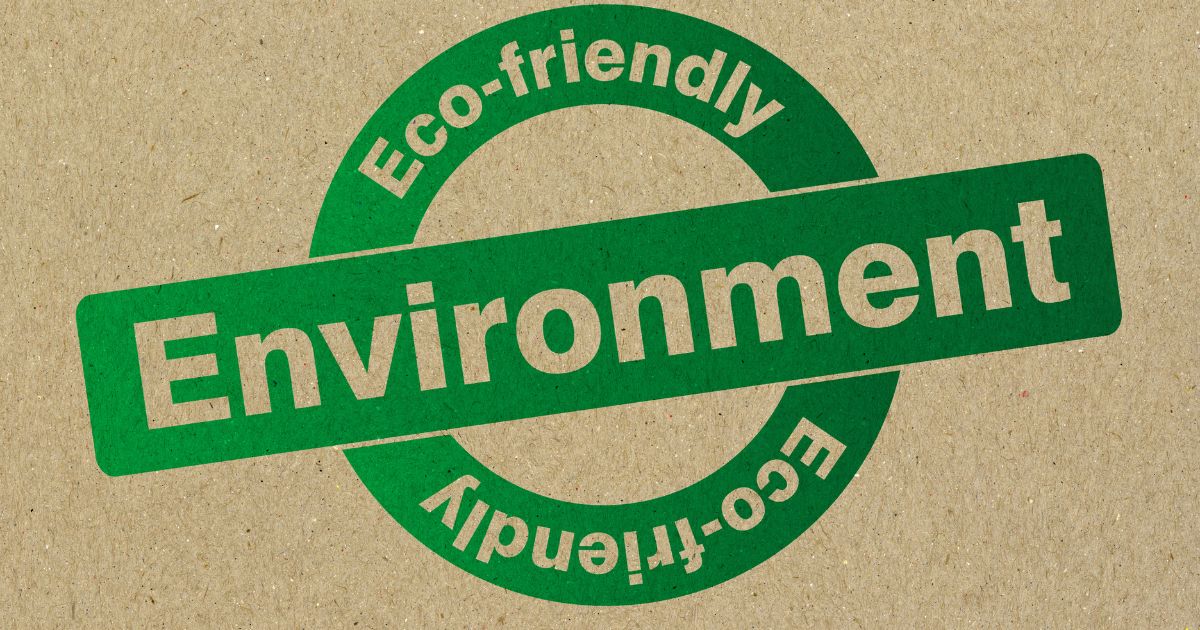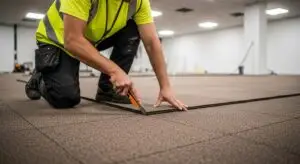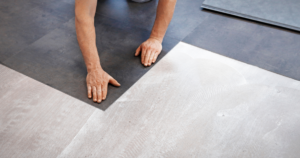In the journey towards a more eco-friendly home, selecting the right flooring is a crucial step for any green living advocate. Sustainable flooring options not only minimize environmental impact but also contribute to a healthier living space. This guide explores the top choices for environmentally conscious homeowners, offering insights into how you can make a difference with your flooring decisions.
Introduction
Begin by highlighting the importance of choosing sustainable flooring as a part of creating an eco-friendly home. Emphasize the role of such choices in promoting green living and the various factors that contribute to a flooring option being considered sustainable.
Why Choose Sustainable Flooring?
Discuss the environmental, health, and economic benefits of selecting sustainable flooring. Include how these options can reduce the depletion of natural resources, improve indoor air quality, and often come with a longer lifespan than traditional flooring choices, potentially saving money in the long run.
Top Sustainable Flooring Options
-
Description: Explain how bamboo is a highly renewable resource due to its rapid growth rate, making it an excellent choice for sustainable flooring.
-
Benefits: Highlight the strength and durability of bamboo, its aesthetic versatility, and how it contributes to an eco-friendly home.
-
Considerations: Address the importance of choosing bamboo from responsible sources to ensure true sustainability.
Cork Flooring
-
Description: Describe cork as a sustainable choice, sourced from the bark of cork oak trees without harming the tree itself.
-
Benefits: Focus on cork’s natural properties, such as being antimicrobial, comfortable underfoot, and excellent for thermal and acoustic insulation.
-
Considerations: Mention the need for ensuring cork is harvested sustainably and the role of sealants in maintaining its durability.
Recycled Hardwood
-
Description: Introduce reclaimed or recycled hardwood as an option that repurposes existing wood, reducing the demand for new timber.
-
Benefits: Discuss the unique character and story that reclaimed wood brings to a home, along with its environmental benefits.
-
Considerations: Talk about the importance of verifying the source of reclaimed wood to ensure it does not come from endangered forests.
Linoleum
-
Description: Clarify the natural composition of linoleum, made from linseed oil, wood flour, and other biodegradable components.
-
Benefits: Point out linoleum’s biodegradability, long lifespan, and the variety of designs available.
-
Considerations: Highlight the difference between linoleum and vinyl, the former being the more eco-friendly option.
Recycled Glass Tiles
-
Description: Cover how recycled glass tiles are made from post-consumer and post-industrial glass waste, turning potential landfill material into beautiful, durable flooring.
-
Benefits: Emphasize the eco-friendly aspect, the unique aesthetic appeal, and the tiles’ resistance to moisture and stains.
-
Considerations: Discuss the importance of choosing glass tiles with a high percentage of recycled content.
Choosing the Right Sustainable Flooring for Your Home
Offer advice on evaluating the sustainability of flooring options, considering factors such as the source of materials, manufacturing processes, and the lifecycle of the product. Encourage readers to think about the long-term environmental impact of their choices.
Conclude by reinforcing the idea that choosing sustainable flooring is a tangible step towards achieving an eco-friendly home and contributing to global green living efforts. Encourage readers to consider the environmental legacy of their home improvement choices and to opt for flooring options that align with their eco-warrior ethos.







